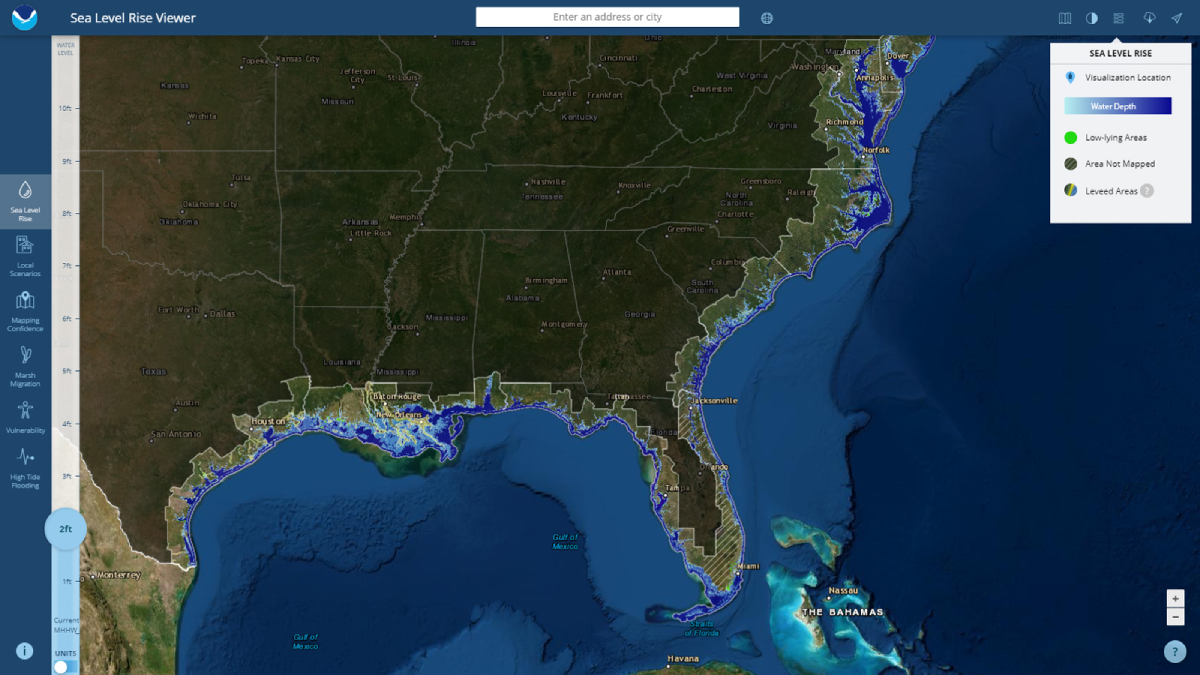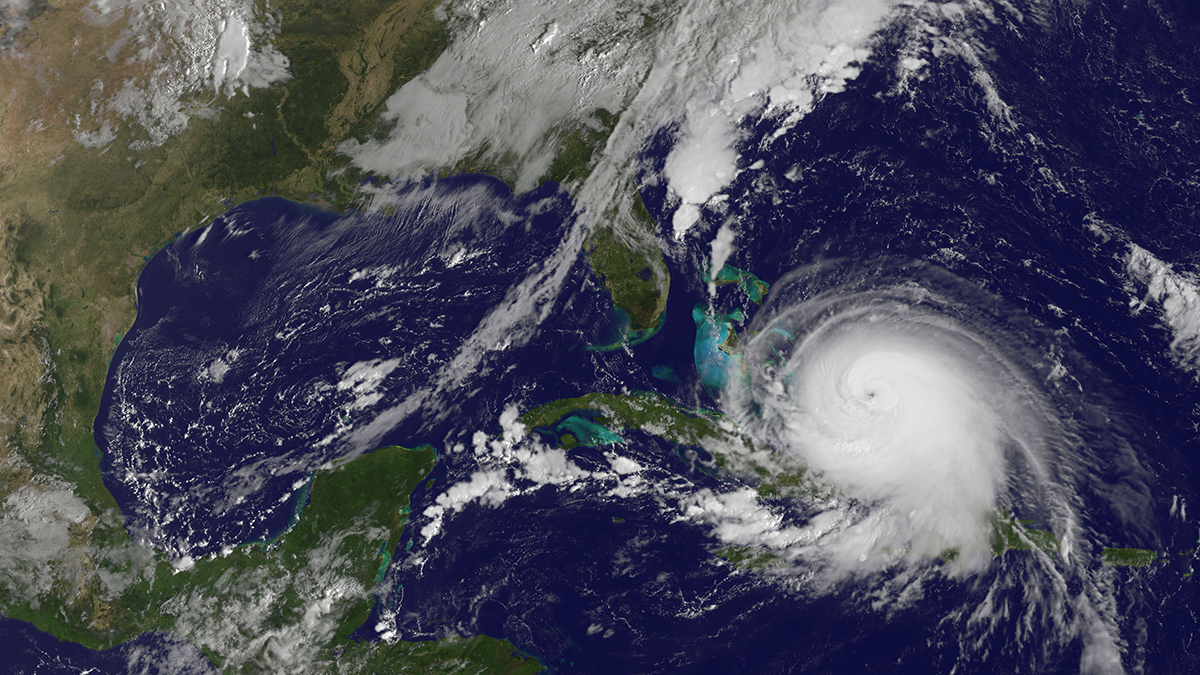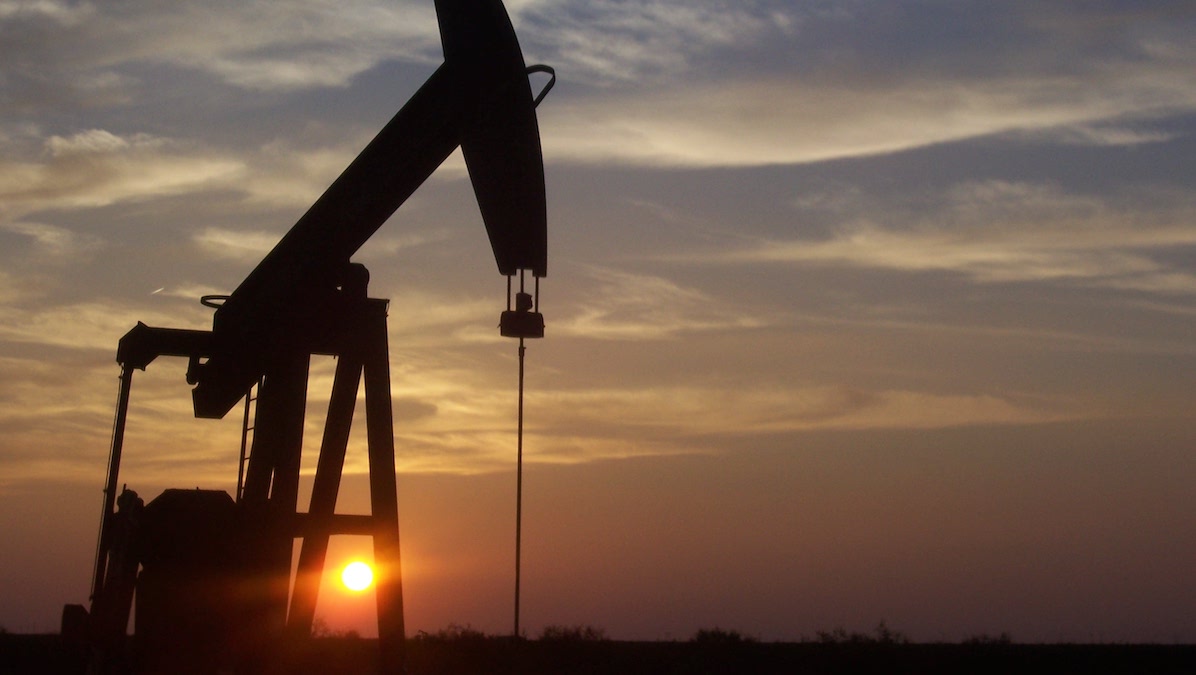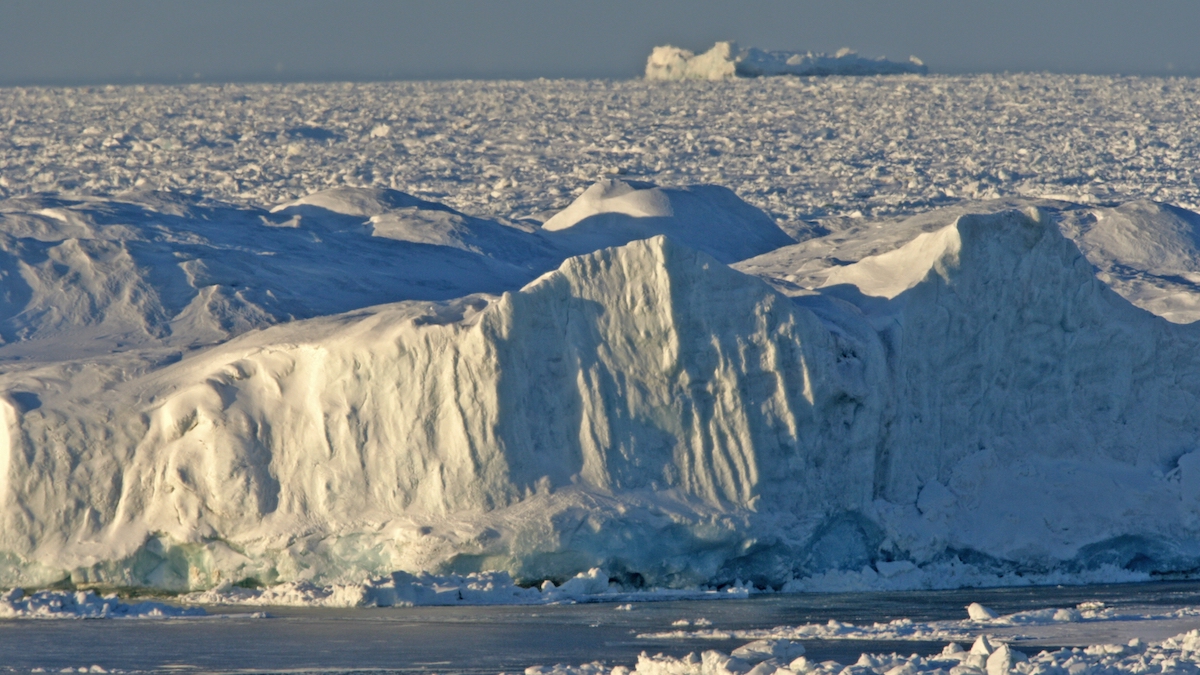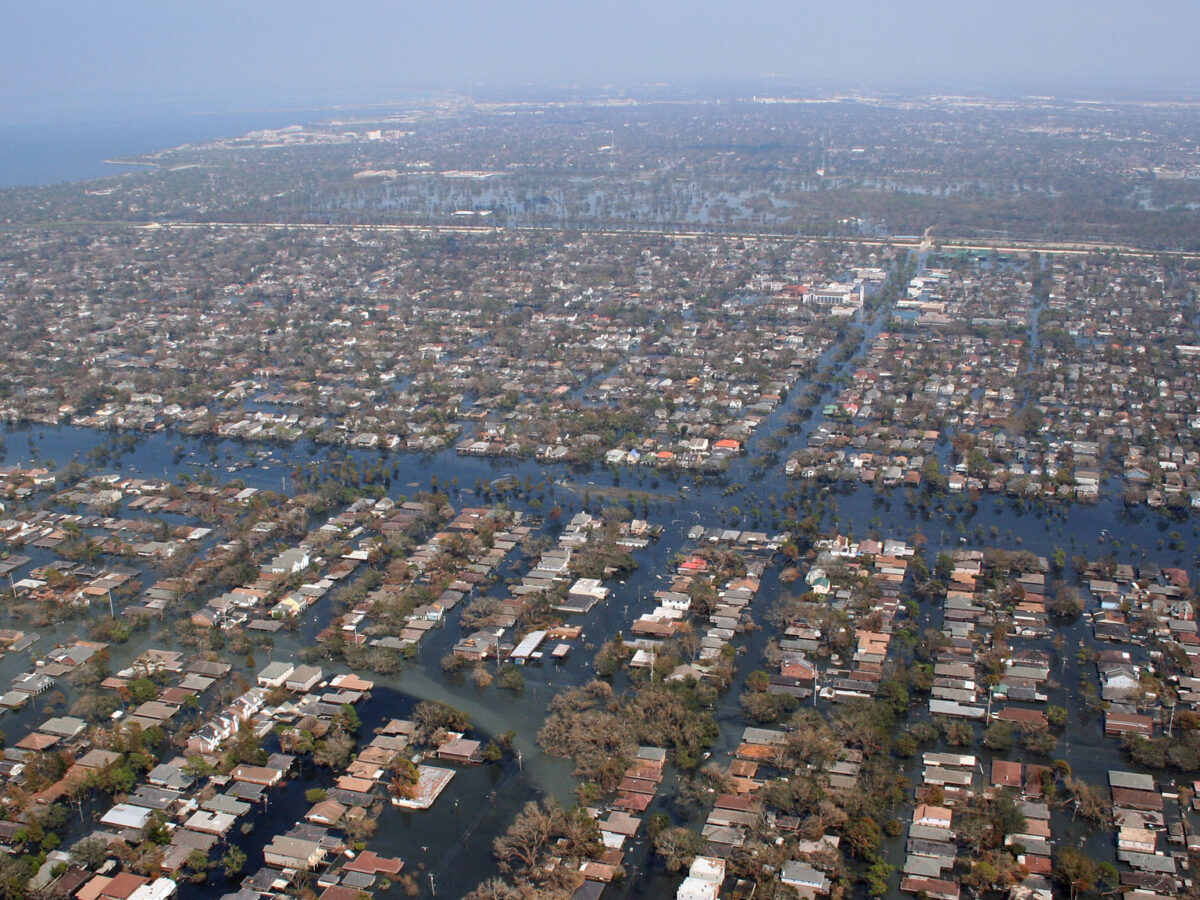Climate.gov, NOAA’s portal to the work of their Climate Program Office, will likely soon shut down as most of the staff charged with maintaining it were fired on 31 May.
NOAA
Busy Hurricane Season Expected in 2025
A new NOAA report predicts an active Atlantic hurricane season, though global weather patterns could still shift predictions.
House Passes Megabill Slashing Environmental Protections
Early on 22 May, the U.S. House of Representatives passed a massive GOP-backed bill that seeks to push forward President Trump’s domestic policy agenda. Within the bill’s 1082 pages are sweeping repeals of regulations that defend the environment, mitigate climate change, and protect public health.
NOAA Halts Maintenance of Key Arctic Data at National Snow and Ice Data Center
The National Snow and Ice Data Center (NSIDC) may no longer actively maintain or update some of its snow and ice data products after losing support from NOAA’s National Centers for Environmental Information, according to a 6 May announcement.
NOAA Datasets Will Soon Disappear
NOAA has quietly reported that they will soon decommission 14 datasets, products, and catalogs related to earthquakes and marine, coastal, and estuary science.
Weather Alert Translations on Hold Until Further Notice
This month, the National Weather Service (NWS) announced that, until further notice, it will no longer be offering automated translation services for its severe weather alerts. These alerts warn U.S. residents about imminent dangers including thunderstorms, tropical cyclones, flooding, and extreme heat.
Two ROVs to Join the U.S. Academic Research Fleet
The midsize remotely operated vehicles, supported by federal grants, will help meet growing demand for submersible research vehicles.
NOAA Layoffs Include Two Hurricane Hunter Flight Directors
On 27 February, the Trump administration fired hundreds of employees of the National Oceanic and Atmospheric Administration (NOAA). Among those fired were two flight directors for NOAA’s Hurricane Hunters, a loss that threatens to worsen the quality of hurricane forecasts ahead of Atlantic hurricane season.
Federal Agency Availability Suffers in the Wake of Firings
Over the past couple of weeks, thousands of public servants working at federal agencies—NOAA, the National Weather Service, the U.S. Geological Survey, the U.S. Department of Agriculture, and the U.S. Forest Services were terminated by the Trump Administration. Many were scientists: hydrologists, geologists, data scientists, modelers, and oceanographers. But many others were science communicators, responsible for sharing the work of their agencies with the American people.
“Exceptional” Global Warming Spike Continued in 2024
More than 3 billion people experienced their hottest year ever in 2024 because of anthropogenic climate change. The world is speeding toward its 1.5°C warming target.

